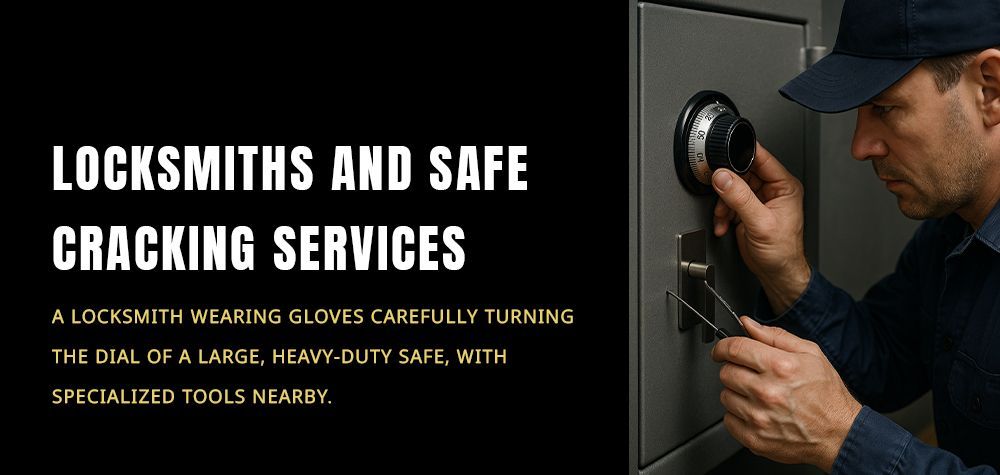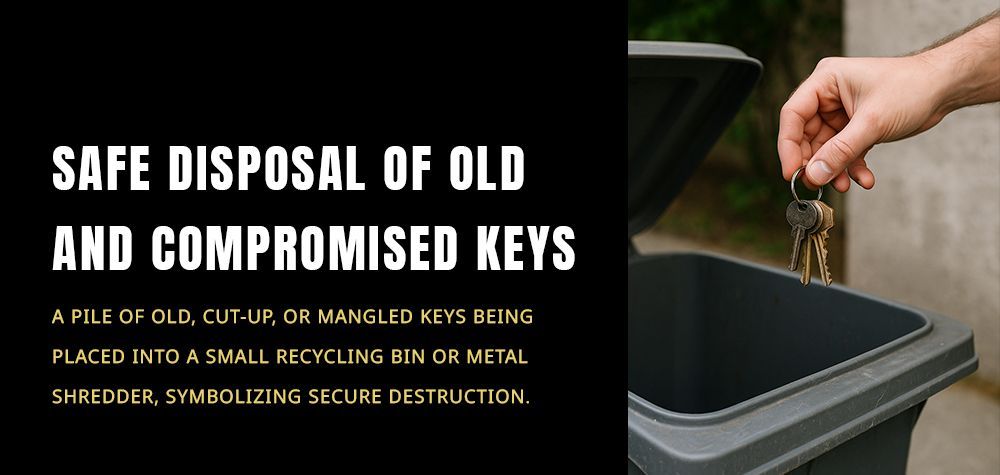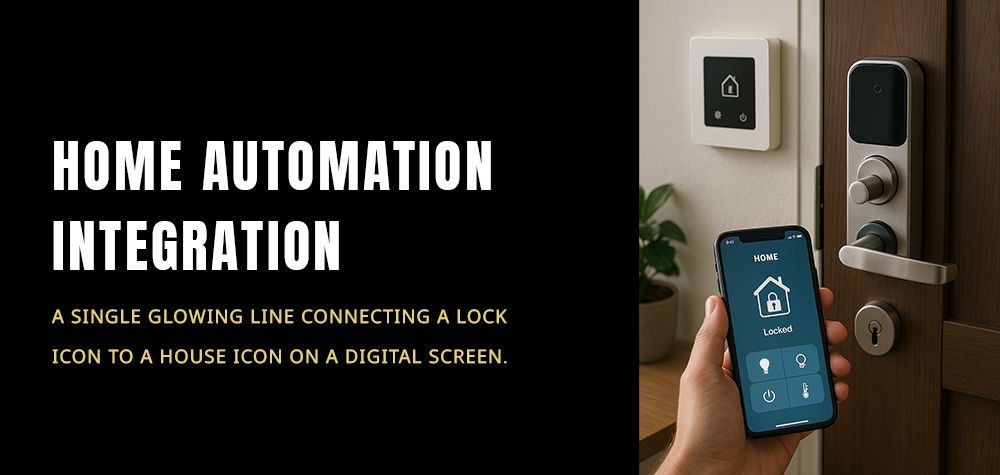How to Fix a Misaligned Strike Plate
When your door won’t latch properly, or you hear it rattling in the frame, chances are the strike plate is misaligned. While it may seem like a minor nuisance, a misaligned strike plate can lead to bigger problems over time—like compromised home security or permanent door damage. Luckily, fixing it doesn't require a full door replacement or advanced carpentry skills. With a few basic tools and a little patience, you can realign your strike plate and get your door working like new again.
Let’s walk through everything you need to know—from what causes misalignment to how to fix it step by step.
Can you install a lock without drilling?
What Causes a Misaligned Strike Plate?
Understanding why your strike plate is misaligned helps you fix it better—and avoid future issues.
Most often, it’s due to natural shifts in your home’s structure. As buildings settle over time, doors and frames can subtly shift out of alignment. Seasonal changes in temperature and humidity can also swell or shrink wooden doors and frames, pulling the latch and strike plate out of sync.
Sometimes, it’s the result of wear and tear. If the door has been slammed repeatedly or installed without proper alignment in the first place, the strike plate might not line up correctly with the latch bolt anymore.
In any case, this misalignment prevents the door from latching smoothly—or at all—and that’s where your repair work begins.
What You’ll Need to Get Started
Before you dive into the fix, gather your materials. You won’t need anything fancy—most of these are common household tools:
A screwdriver (Phillips or flat-head depending on your screws)
A chisel and hammer
Wood filler or toothpicks with wood glue (for patching old holes)
A power drill with drill bits
Replacement screws, preferably longer ones for better hold
Pencil or chalk for marking
Optional: a rotary tool like a Dremel for precise cuts
Having everything ready will make the process smoother and prevent unnecessary interruptions.
Step-by-Step Guide to Fixing a Misaligned Strike Plate
Step 1: Inspect and Test the Door
Begin by slowly closing the door and observing how the latch bolt meets the strike plate. Does it hit above or below the hole? Is it too far left or right? You can mark the latch’s actual contact point with chalk or pencil to get a clear idea of where the strike plate needs to be repositioned.
This simple test helps you determine whether you need a minor adjustment or a complete repositioning.
Step 2: Assess the Adjustment Needed
Now that you’ve identified the contact point, measure the distance between where the latch is hitting and where it should land in the center of the strike plate. If it’s off by just a few millimeters, you may be able to slightly enlarge the opening or shift the strike plate. For major misalignment, you’ll need to remove and reattach the strike plate in a new position.
Step 3: Remove the Strike Plate
Using your screwdriver, gently remove the screws holding the strike plate in place. Be careful not to strip the screw heads or damage the surrounding frame. Once removed, inspect the condition of both the plate and the wood behind it. If the strike plate is bent or worn, consider replacing it entirely.
Step 4: Realign and Reposition the Plate
Reposition the strike plate based on the mark you made earlier. Hold it in place and close the door to test if the latch now falls cleanly into the hole. If it does, you’re ready to secure it in place.
If not, use a chisel or rotary tool to slightly enlarge the recess or hole to match the new position. Be sure not to overdo it—precision matters more than speed here. Once you’re happy with the fit, use your drill to make new pilot holes for the screws.
Step 5: Secure and Test
Now, screw the strike plate into its new position. Use longer screws if possible, as they provide better grip and help pull the door frame tighter to the wall, adding security. Patch the old screw holes with wood filler or stuff them with wood glue-soaked toothpicks before snapping them off flush. This helps maintain frame integrity and prevents loose screws later.
Finally, close the door and test it thoroughly. It should latch smoothly without force, and there should be no rattling or resistance. If it still doesn’t align perfectly, revisit your markings and try minor adjustments.
Common Mistakes to Avoid
One of the biggest missteps people make is rushing the job. It’s tempting to force the strike plate into a position that “seems” right without testing, only to realize later that the latch still doesn’t catch. Precision beats guesswork every time.
Another common mistake is failing to fill the old screw holes. Leaving them open can weaken the new alignment and cause the plate to shift again over time. Always patch them up properly to preserve the strength of the frame.
Also, avoid overtightening screws—especially in softwood frames—as this can strip the wood and reduce holding power.
When Should You Call a Professional?
While most strike plate issues are easy to fix with basic tools, there are situations where calling a locksmith or handyman is your best bet.
If your door frame is warped, rotted, or cracked, a DIY fix may only mask a deeper issue. Similarly, if the latch or lock hardware itself is worn or malfunctioning, replacing the strike plate won’t solve the underlying problem.
A professional can diagnose whether the issue lies with the alignment or the hardware itself—and they’ll have access to specialty tools that ensure a lasting fix.
Preventing Future Strike Plate Problems
A little maintenance goes a long way. Check your doors periodically for loose screws and signs of shifting. Keep the hinges tight, and avoid slamming the door—this weakens both the strike plate and the frame over time.
If your home is prone to seasonal humidity changes, consider weatherproofing your doors and windows to minimize swelling and shrinking. These small efforts help preserve alignment and keep your locks functioning reliably.
Conclusion: A Smooth Latch is a Secure Home
Fixing a misaligned strike plate isn’t just about convenience—it’s about peace of mind. When your door latches securely and without effort, your home feels safer and more complete. And the best part? With just a few tools and some simple steps, you can do it yourself.
So the next time your door starts acting up, don’t ignore it. A smooth latch is only a few turns of a screwdriver away.
Call Us Any Time!








